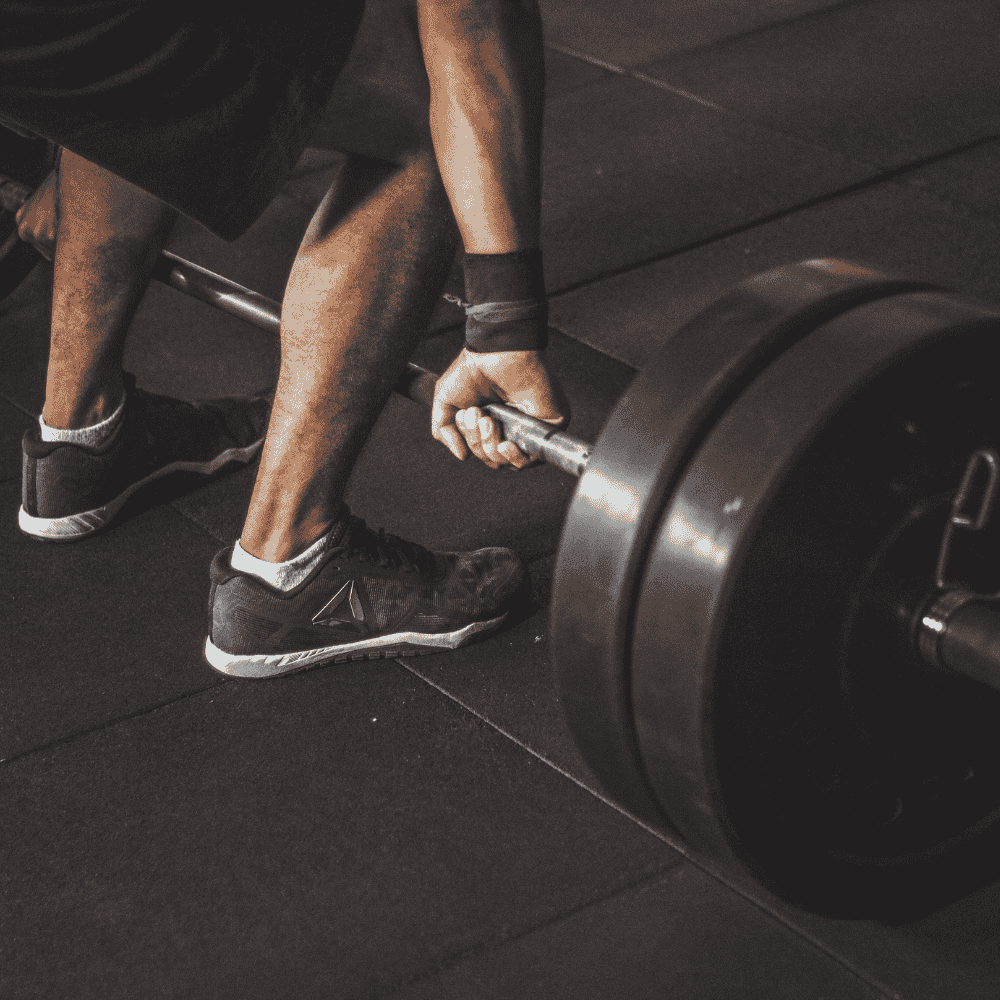If you’ve ever wondered what does the lat pulldown work or why it’s such a staple in every gym programme, you’re not alone.
The lat pulldown is one of the most effective upper-body exercises for sculpting a powerful, V-shaped back.
Even if you don’t have a lat pulldown machine at home, understanding the movement — and which muscles it strengthens — helps you train smarter and build serious back definition using simple equipment like dumbbells and resistance bands.
Understanding the Lat Pulldown
The lat pulldown is a pulling movement performed on a cable machine using a bar or handle attachment. It mimics the motion of a pull-up but allows you to adjust resistance, making it suitable for both beginners and advanced athletes.
The exercise involves pulling the bar down from above your head to your upper chest while keeping your torso upright and elbows driving downward.
This motion primarily activates your latissimus dorsi — the large, wing-shaped muscles running down the sides of your back.
What Muscles Does the Lat Pulldown Work?
The lat pulldown is a compound exercise, meaning it works several muscle groups at once. Here’s a breakdown of the key players:
1. Latissimus Dorsi (Lats)
The star of the show. These broad muscles stretch from your mid-back to your waist and are responsible for shoulder extension and adduction — the pulling motion that brings your arms down toward your torso.
When you perform the pulldown correctly, your lats do most of the heavy lifting, giving your back that coveted width and shape.
2. Biceps Brachii
Your biceps assist throughout the movement, especially during the pulling phase. However, they shouldn’t take over — if they do, your form might need adjusting. Focus on leading with your elbows to keep the lats engaged.
3. Rhomboids and Trapezius
These upper-back muscles stabilise your shoulder blades and support proper posture during the pulldown. Strengthening them helps reduce rounded shoulders and improves overall upper-body alignment.
4. Posterior Deltoids
Located at the back of your shoulders, the posterior delts help control arm movement and add extra pulling power. They also balance shoulder development if you do a lot of pressing exercises.
5. Core Muscles
Your abs and obliques contract to keep your torso stable and prevent you from swinging. Although the core isn’t the main target, it plays a crucial supporting role.

Why the Lat Pulldown Is Essential for Back Strength
The lat pulldown isn’t just about aesthetics — it’s one of the best exercises for functional strength and shoulder stability. Here’s why it deserves a regular spot in your workout routine:
Improves posture: Strong lats and rhomboids counteract the forward-rounded shoulders caused by sitting or phone use.
Supports other lifts: A powerful back enhances performance in exercises like deadlifts, bench presses, and rows.
Prepares you for pull-ups: If you can’t yet perform pull-ups, lat pulldowns train the same motion pattern and build the strength to progress.
Reduces injury risk: Balanced upper-body strength stabilises the shoulders, reducing strain during daily movements or workouts.
How to Do a Lat Pulldown Step by Step
Performing the exercise with correct technique ensures you hit all the right muscles.
Set up your position:
Sit on the machine with your thighs secured under the pads. Adjust the pad so it’s tight enough to prevent lifting off the seat.Grip the bar:
Take a slightly wider than shoulder-width overhand grip (palms facing forward).Engage your core:
Keep your chest lifted, shoulders relaxed, and a slight arch in your lower back.Pull the bar down:
Drive your elbows down and back, bringing the bar to the top of your chest. Avoid leaning too far back.Squeeze and control:
Pause at the bottom to squeeze your shoulder blades together, then slowly let the bar rise to the starting position.
Aim for 3–4 sets of 8–12 reps using a controlled tempo.
Common Mistakes to Avoid
Even small errors can make the exercise less effective. Watch out for these common issues:
Leaning back too far – shifts focus from the lats to the lower back.
Using momentum – swinging reduces tension on the target muscles.
Pulling behind the neck – increases risk of shoulder strain.
Letting shoulders shrug – keep them down and away from your ears.
Not controlling the return – resist the weight all the way up for maximum muscle engagement.

Lat Pulldown Alternatives for Home Workouts
If you train at home without access to a cable system, you can still strengthen the same muscles with a few smart alternatives using KEFL’s home fitness equipment:
Resistance Band Pulldowns: Anchor a resistance band above head height (e.g. over a door). Pull down just as you would a cable bar, keeping your elbows close to your body.
Dumbbell Rows: Use one or two dumbbells to target your lats, rhomboids, and traps. Focus on pulling the weight toward your hip, not your chest.
Reverse Dumbbell Flyes: Strengthen the rear delts and upper back, improving posture and stability.
Superman Holds: A bodyweight option to activate your entire posterior chain — lats, glutes, and lower back.
These exercises are excellent for recreating the pulldown effect at home and developing total back strength.
Lat Pulldown Variations and Grip Styles
Changing your grip can subtly shift muscle activation and help you target your back from different angles:
Wide-Grip Pulldown: Builds outer lats and back width.
Close-Grip Pulldown: Increases range of motion and hits the lower lats.
Underhand (Reverse) Grip: Engages biceps and lower lats more strongly.
Single-Arm Pulldown: Helps correct imbalances between sides.
Experiment with different grips to find what feels most comfortable and effective for your body type.
How to Incorporate Lat Pulldowns into Your Routine
For most lifters, training the back two to three times per week is ideal. Here’s how to fit lat pulldowns (or their alternatives) into your sessions:
Full-Body Day: One or two pulling movements, such as dumbbell rows and resistance band pulldowns.
Upper-Body Day: Combine pulldowns with horizontal pulls like seated rows or reverse flyes.
Push-Pull Split: Perform lat pulldowns on pull days, pairing them with biceps and rear-delt work.
Make sure to rest 48 hours between heavy back sessions for recovery and growth.
Pairing Lat Pulldowns with Other Exercises
To build a balanced and powerful upper body, pair your pulldown routine with these exercises:
Dumbbell Bench Press: Strengthens the opposing chest muscles for symmetry.
Face Pulls or Reverse Flyes: Support shoulder health and posture.
Kettlebell Swings: Improve grip strength and overall pulling power.
Plank Rows: Combine core stability with back activation.

Final Thoughts
So, what does the lat pulldown work?
In short — nearly every major muscle in your upper body. It’s one of the most efficient exercises for developing a wide, strong, and defined back while also supporting better posture and shoulder health.
Even without a cable machine, you can train the same muscles using resistance bands, dumbbells, and kettlebells — all available at KEFL to help you achieve real results from home.
Focus on controlled movement, correct form, and consistency. Your back will thank you with better strength, better shape, and better balance across every workout.










